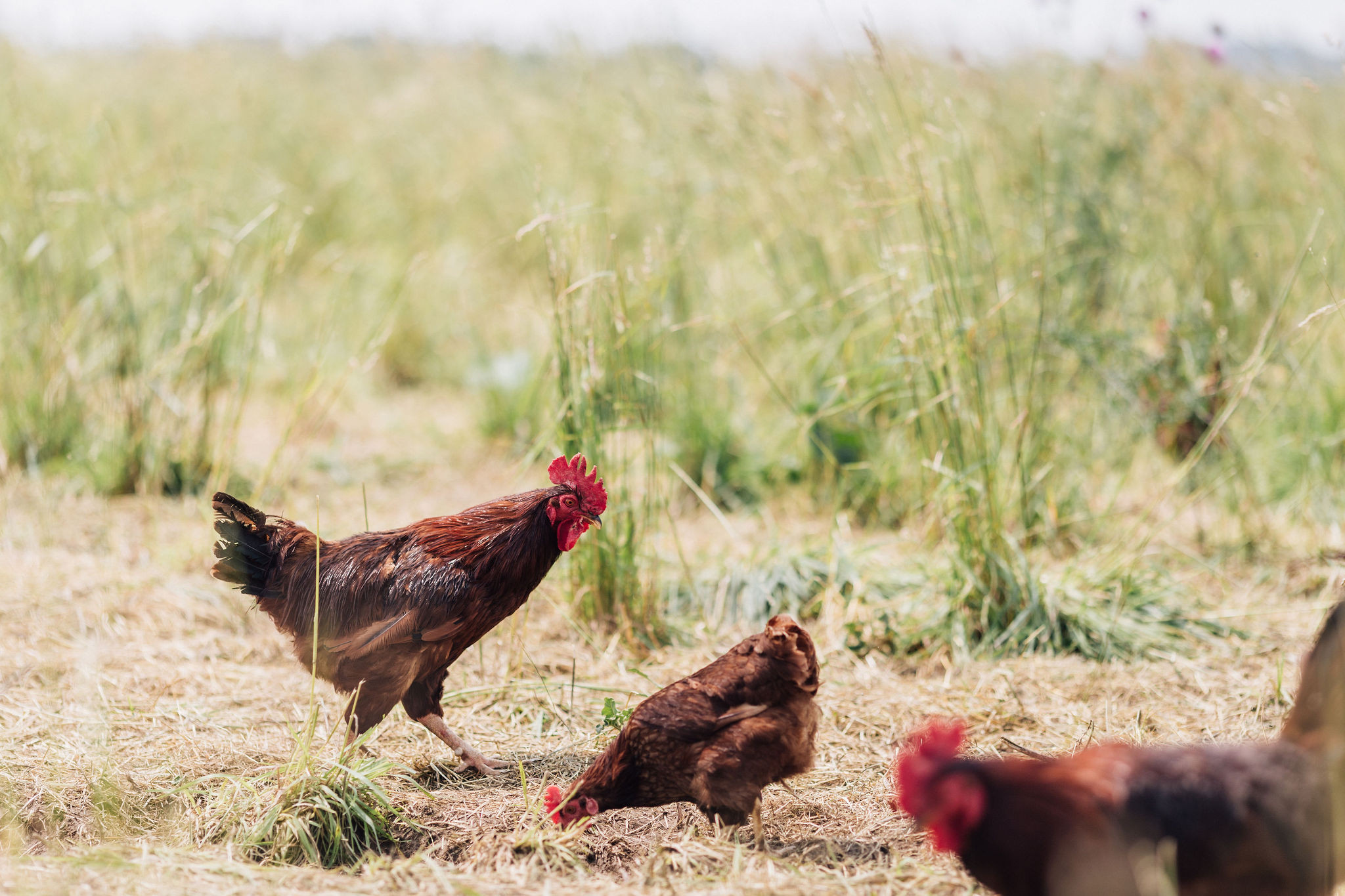Why would raw milk separate when heated? Does it mean it's spoiled?
posted on
January 14, 2022

One confusing topic that seems to come up again and again with our customers is the belief that, if raw milk splits when boiled, it’s the farm’s fault. The milk must have been spoiled. Well, here’s the scientific dirt on this issue.
Milk is not a single substance. It’s a mixture (or emulsion) of butterfat, proteins, water, and other microscopic things.
When fresh, the casein proteins look like tiny pom poms under a microscope. Each has an electrical charge, which makes them repel each other, suspended in liquid. But, if an outside factor changes that, then they will cling together and form clumps, also known as curds.
There is one simple factor that makes milk curdle - acidity!
When milk is fresh from the cow, it typically has a pH of about 6.6. This is a little more acidic than a neutral pH of 7.
If the milk’s pH drops to 5.0, the electrical charge on each protein molecule reverses, and it coagulates or curdles. This is why, when you add enough of an acidic ingredient like lemon juice or vinegar, milk separates so you can make ricotta cheese.
There are a couple ways to lower the pH of raw milk without an added ingredient - heat and fermentation.
Heat lowers the pH of milk and makes it separate.
When you heat milk a lot, like bring it to a bubbling boil, the lactose breaks down into a non-digestible sugar called lactulose (among other compounds). This might be a good thing if you’re lactose intolerant or making cheese, but this is not a good thing if you’re making hot chocolate or pasteurized milk to drink.
You see, as the amount of lactose drops during boiling, so does the pH. This is why when you heat milk, there is a greater chance of splitting. It speeds up the souring process. The milk proteins may coagulate and separate from the water. The proteins are the solid clumps in curdled milk.
Nope, the milk isn’t necessarily bad. You’ve just heated it too rambunctiously.
Fermentation also lowers the pH of milk and makes it separate.
LAB bacteria (short for a variety of probiotic and harmless Lactobacillus bacteria strains) are naturally present in raw milk.
When milk is left in its raw state, LAB bacteria slowly and naturally ferment the milk. The warmer the milk, the more quickly this will happen. And, yes, it does continue to ferment in the fridge, albeit slowly.
There are two ways to stop this fermentation - freezing and pasteurizing. When you freeze raw milk, LAB bacteria become inactive and preserved. When you pasteurize milk, all living microorganisms, harmful and beneficial, are destroyed.
As the LAB bacteria feed on lactose, milk sugar, and create lactic acid as a byproduct. The more lactic acid is in your milk, the more sour it will taste, and the more acidic the milk will be.
In other words, natural fermentation of raw milk lowers the pH and makes it more acidic. This is why Miller’s raw milk is given a 2 week shelf life. At about 2 weeks, it becomes too sour (or too acidic) to palate.
Fermentation and heat is a recipe for split milk.
The effect of acidity in milk is accentuated by heat.
The more acidic the milk, the more fermented it is, the higher the temp, the faster the temp goes up… the more likely it will be to curdle when heated. This is why pasteurization or heating or boiling is recommended within the first week, ideally within 5 days of receiving it.
Want to heat milk at home and avoid curdling? Here are 3 tips:
1- Pasteurize milk at home within the first week, ideally within the first 5 days of receiving it. This makes sure you avoid the milk being too acidic and separating. Once boiled, all LAB bacteria will be destroyed, and the milk’s pH should remain relatively stable and can be reheated later.
2- Heat milk slowly and do NOT let it boil. Heat milk gently over medium-low heat. Heat it until it simmers, not a full boil. This helps keep the lactose intact and the pH higher.
3- Test heat a small amount first. This is recommended if you have milk that’s more than a week old. Making a small test batch helps you avoid wasting a whole gallon of raw milk that could be used for cooking or baking.




